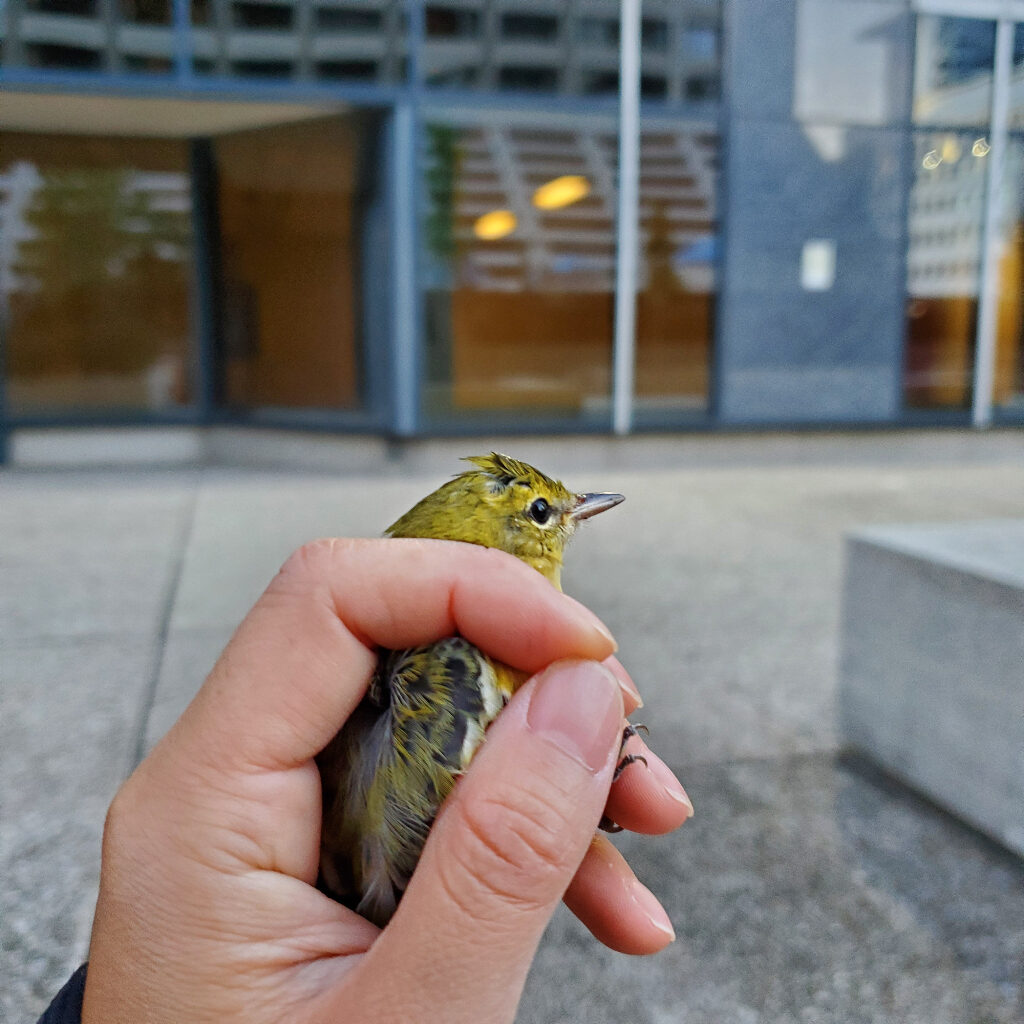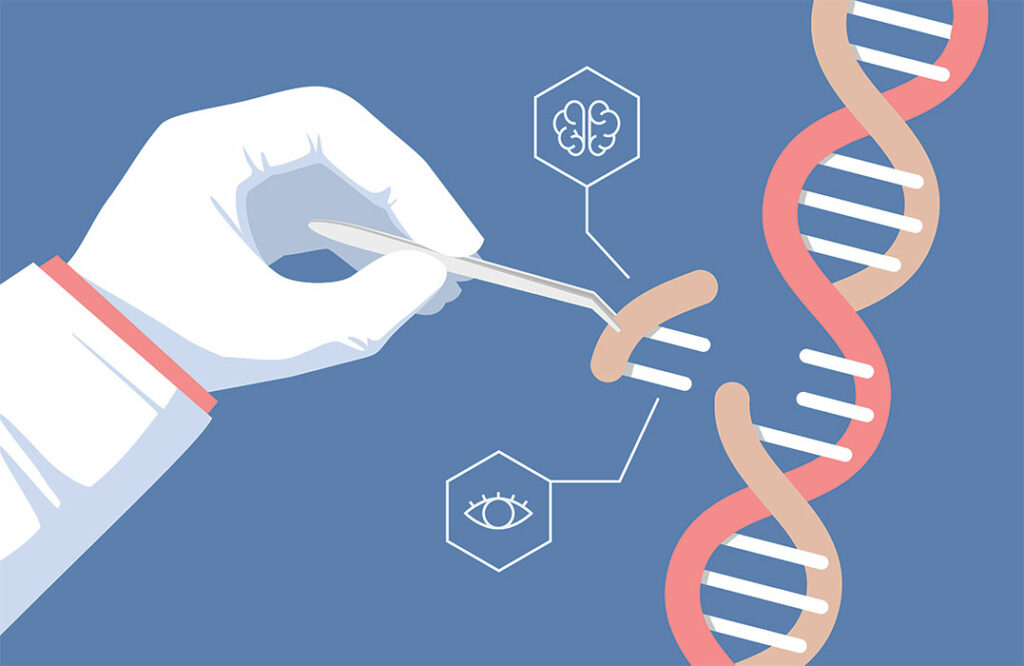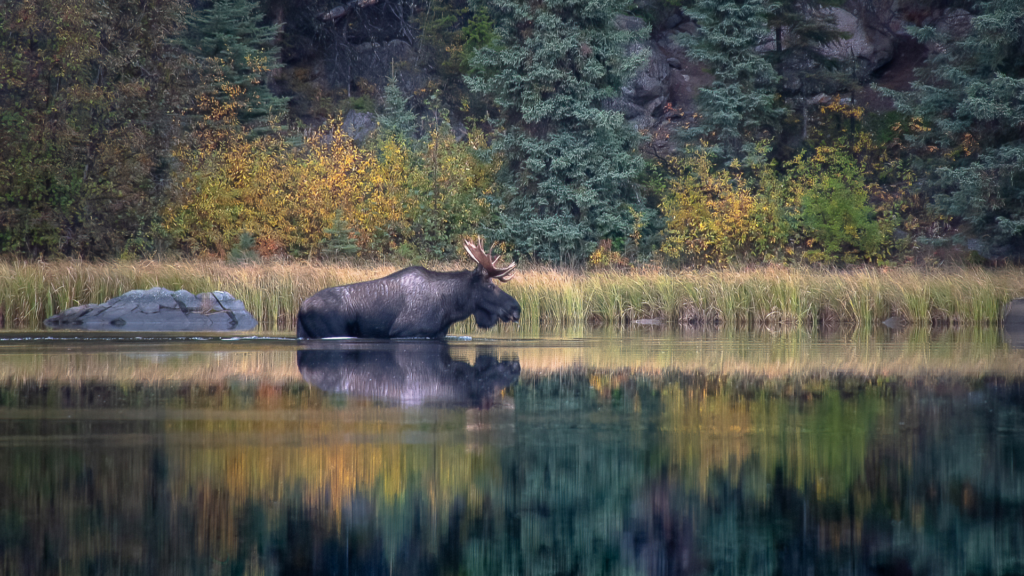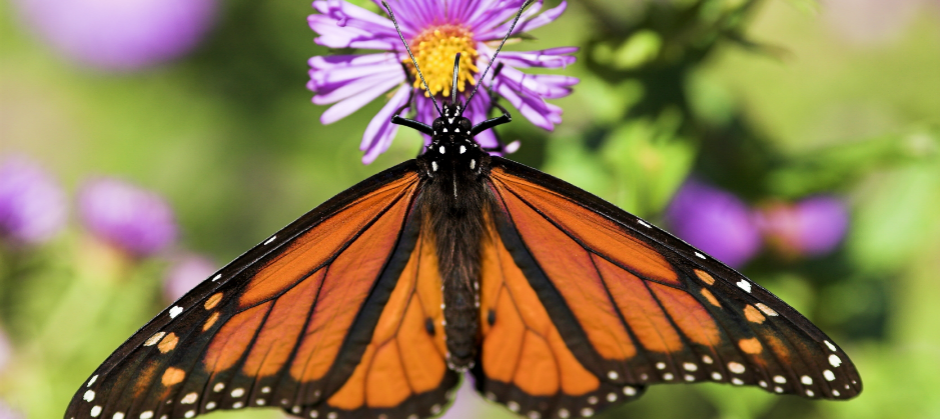PROTECT YOUR DNA WITH QUANTUM TECHNOLOGY
Orgo-Life the new way to the future Advertising by AdpathwayBeaver: a large, semiaquatic rodent.
Kingdom: | Animalia
Phylum: | Chordata
Class: | Mammalia
Order: | Rodentia
Family: | Castoridae
Genus: | Castor
There are two extant species: the North American beaver (Castor canadensis) and the Eurasian beaver (Castor fiber).

Size and Weight:
Beavers are North America’s largest rodent and the second-largest living rodents after the capybara, which can be in South America. They weigh between 35 and 65 pounds, with the heaviest beaver on record weighing 110 pounds. They are 3 to 4 feet long and stand 1 to 1.5 feet tall.
Appearance:
Beavers have stout bodies that allow them to pull heavy loads and enable them to conserve heat. Like many marine mammals, they have a streamlined body. They typically have brown or grey fur and a broad, scaly tail. Their tail acts like a rudder when they swim. They have large, orange incisors that continue to grow throughout their lifetime. The incisors’ outer enamel is very thick and colored orange due to the presence of iron compounds. They have webbed rear feet and digitated front paws. In comparison to the North American beaver, the Eurasian beaver has a more elongated skull with a more triangular nasal bone opening, lighter fur color and a narrower tail.

Diet:
Beavers are herbivores and mostly eat leaves and bark and aquatic vegetation.
Habitat:
The animals can be found in a number of freshwater habitats, such as rivers, streams, lakes and ponds.
Geography:
North American beavers live in Canada, large portions of the United States and northern Mexico. Meanwhile, Eurasian beavers can be found in Czech Republic, Germany, Poland, Slovakia and parts of Scandinavia.

Breeding:
Beavers form monogamous couples and both males and females raise their young. They breed in the winter from January to late February, and females give birth in the spring. At birth, beaver “kits” weigh about 1 pound. Within an hour after birth, they take to the water inside their lodge and within a week, they are skillful swimmers. The kits stay close to their mother in the lodge for the first few weeks, nursing frequently and gaining considerable weight. They nurse for about 6 weeks.
Kits generally leave their lodge after their first year, during which the mother usually stays with them while the father protects the territory. Beavers will defend their territory when necessary. After another year, beaver kits usually leave the home to mate and dam a territory of their own.
Social Structure:
Beavers are social animals that form strong family bonds. Each group is made up of one breeding pair, the year’s kits, and the surviving offspring from the previous year called yearlings. This group may also include sub-adults, which are 2 years or older. These subadults generally do not breed.
Beavers create to facilitate the creation of deep-water ponds to protect themselves against predators. They then build a lodge at the center of the manufactured body of water. During the winter, family groups live together in their lodge and share food from the stored food supply. Their family life is exceptionally stable and is based on a hierarchy in which adults dominate yearlings and yearlings dominate kits.

Lifespan:
North American beavers typically live 10 to 12 years and can live up to 30 years. The average lifespan of the Eurasian beaver is 7 to 8 years and can be up to 25 years.
Threats:
Beavers were hunted excessively in the late 1500s because of the desirability of their thick fur as elements of clothing and hats. Beavers were also killed for gland secretions that were used as medicines and perfumes.
Conservation Status:
The North American beaver and Eurasian beaver are both listed by IUCN’S Red List as of “Least Concern.”
Conservation Efforts:
Beavers are now protected. Their populations rebounded since the impacts of the fur trade. To protect against pollution in their habitats, local waterway cleanups help to preserve aquatic habitats for local species. Conservation groups also work to raise awareness about beavers and their importance.
Sources: Smithsonian’s National Zoo and Conservation Biology Institute, Mammal Society, and a previous NATURE post.























 English (US) ·
English (US) ·  French (CA) ·
French (CA) ·